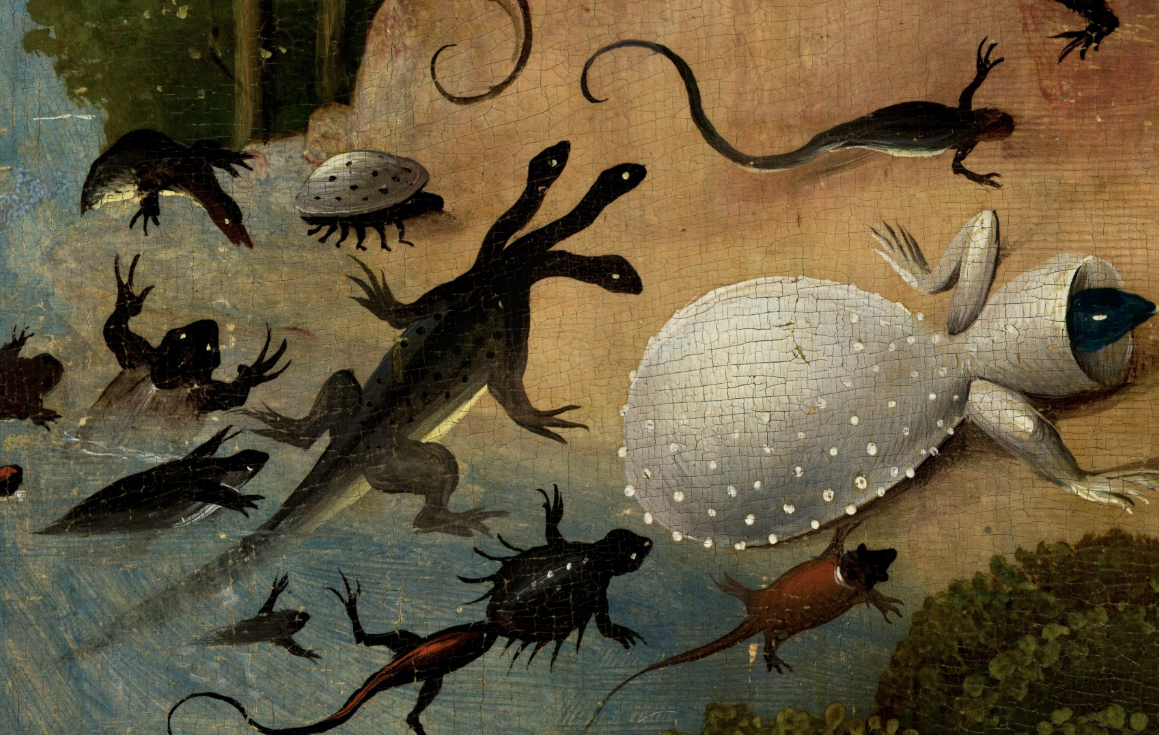The Twilight Zone ran from 1959 to 1964, this concluding in a different culture than the one in which it had premiered. CBS broadcast the series’ first episode to an America that had neither heard of the Beatles nor elected John F. Kennedy to the presidency; its final episode went out to an America that had buried JFK and launched into a youth-oriented cultural revolution just months before. But Rod Serling, The Twilight Zone’s creator and host, managed to retain a degree of the recognizability and authority he’d enjoyed in the era we call the “long 1950s” well into the sharply contrasting one we call “the 60s.”
At the end of the 1950s, American network television offered a steady, bland diet of sitcoms, Westerns, and cop shows. The Twilight Zone appeared as something new, an anthology series not so genre-bound — or rather, permitted to switch genre every episode — because Serling set its limits at those of the human imagination.
Ghost stories, post-apocalyptic scenarios, tales of alien invasion, superpower fantasies both comic and tragic: all of these narrative forms and more fell within the show’s purview. No matter how brazenly unrealistic their premises, most of these stories had something to say about contemporary society, and all were tethered to reality by the presence of Serling himself.
Even if you’ve somehow never seen an episode of The Twilight Zone, you’ll have a ready mental image of Serling himself, or at least of the dark-suited, cigarette-pinching persona he took on in the opening of most broadcasts. His distinctive manner of speech, still oft-imitated but seldom quite nailed, has become a shorthand for a certain stripe of steady midcentury televisual authority in the midst of surreal or frightening circumstances. As this became a rare and thus in-demand quality in post-Twilight Zone America, no few corporations as well as government agencies must have seen in Serling a desirable spokesman indeed.
Serling, “television’s last angry man,” was notorious for writing scripts from his social and civic conscience. This made him an ideal human face to accompany the ursine one of Smokey Bear in the U.S. Forest Service’s “Only You Can Prevent Forest Fires” public service announcement of 1968. Its Serling-narrated introduction of Ed Morgan and his family as they motor through the woods, plays for all the world like the opening of a classic Twilight Zone episode, albeit in color. “They’ve driven this road a dozen times before, and nothing ever happened,” he says, “but today’s different: today, Ed will become a killer, and here’s his weapon”: a lit cigarette tossed unthinkingly out the window. Such a dire warning may sound a bit rich coming from a man who not only smoked onscreen in so many of his appearances, but personally endorsed Chesterfield Kings on air.
Yet irony was even more integral to The Twilight Zone than, say, space travel, a theme with which many of its episodes dealt. It was presumably Serling’s resulting sci-fi credibility that brought him the offer, just months after the actual Moon landing, of a spot for We Came in Peace, “a permanent 75-page book with full-color illustrations” about the history of “man’s quest in space,” available for one dollar at all participating Gulf Oil gas stations. In the following decade he would also advertise the cars you’d fill up at one, promoting features like Ford LTD’s quiet ride and the new Mazdas’ rotary engines. All these models would also have come with ashtrays, of course, and a responsible midcentury man like Serling would have made sure to use them.
Related Content:
Watch The Twilight Zone’s Pilot Episode, Pitched by Rod Serling Himself (1959)
Rod Serling: Where Do Ideas Come From? (1972)
Cigarette Commercials from David Lynch, the Coen Brothers and Jean Luc Godard
An Anti, Anti-Smoking Announcement from John Waters
Based in Seoul, Colin Marshall writes and broadcasts on cities, language, and culture. His projects include the Substack newsletter Books on Cities, the book The Stateless City: a Walk through 21st-Century Los Angeles and the video series The City in Cinema. Follow him on Twitter at @colinmarshall or on Facebook.
















